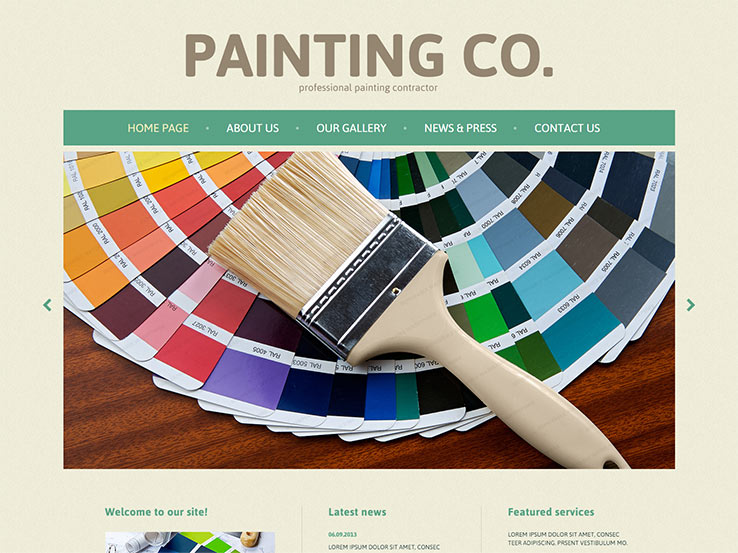Find Out How Seasonal Aspects Affect Business External Painting Success And Uncover The Best Times To Ensure Long-Term Outcomes For Your Project
Find Out How Seasonal Aspects Affect Business External Painting Success And Uncover The Best Times To Ensure Long-Term Outcomes For Your Project
Blog Article
Material Created By-Burnham Urquhart
When you're planning an industrial external paint task, seasonal aspects can make or break your results. You'll wish to take into consideration just how temperature and moisture effect paint application and drying times. Picking the right season can ensure your paint sticks correctly and lasts much longer. But which periods are genuinely the most effective for this sort of job? Let's explore the crucial elements that can affect your job's success.
The Impact of Temperature Level on Paint Application
When you're planning an industrial outside paint task, the temperature level can significantly influence just how well the paint sticks and dries out.
Ideally, you intend to repaint when temperature levels vary in between 50 ° F and 85 ° F. If it's as well cold, the paint might not heal properly, bring about problems like peeling or cracking.
On the other hand, if it's also warm, the paint can dry out also promptly, avoiding appropriate adhesion and leading to an uneven finish.
You need to also think about the moment of day; early morning or late afternoon uses cooler temperature levels, which can be extra positive.
Constantly examine the producer's recommendations for the details paint you're using, as they frequently give support on the ideal temperature variety for optimal outcomes.
Humidity and Its Result on Drying Times
Temperature isn't the only environmental aspect that affects your industrial exterior paint task; moisture plays a significant role also. High humidity degrees can slow down drying out times dramatically, influencing the total top quality of your paint job.
When the air is filled with dampness, the paint takes longer to cure, which can lead to concerns like bad attachment and a greater danger of mildew growth. If you're painting on a particularly damp day, be planned for extensive delay times in between layers.
It's essential to monitor neighborhood weather conditions and strategy accordingly. Ideally, go for moisture levels in between 40% and 70% for ideal drying.
Keeping these consider mind ensures your task stays on track and provides a long-term surface.
Best Seasons for Commercial Exterior Paint Projects
What's the very best time of year for your industrial exterior painting tasks?
Springtime and early loss are generally your best options. During these periods, temperatures are moderate, and humidity degrees are typically reduced, creating optimal problems for paint application and drying out.
Stay bathroom painter of summer's intense heat, which can create paint to completely dry too swiftly, bring about bad attachment and coating. Similarly, wintertime's cool temperature levels can prevent proper drying and curing, running the risk of the long life of your paint work.
Go for days with temperature levels between 50 ° F and 85 ° F for optimum outcomes. Bear in mind to examine the regional weather prediction for rainfall, as wet problems can wreck your task.
Planning around these elements guarantees your painting task runs efficiently and lasts longer.
Final thought
In conclusion, preparing your business outside paint jobs around seasonal considerations can make a substantial difference in the result. By scheduling job during the optimal temperature levels and humidity degrees, you'll guarantee much better adhesion and drying out times. Bear in mind to watch on neighborhood weather prediction and pick the right time of year-- spring and early loss are your best choices. Taking painting places in tulsa will certainly assist you attain a long lasting and specialist finish that lasts.
